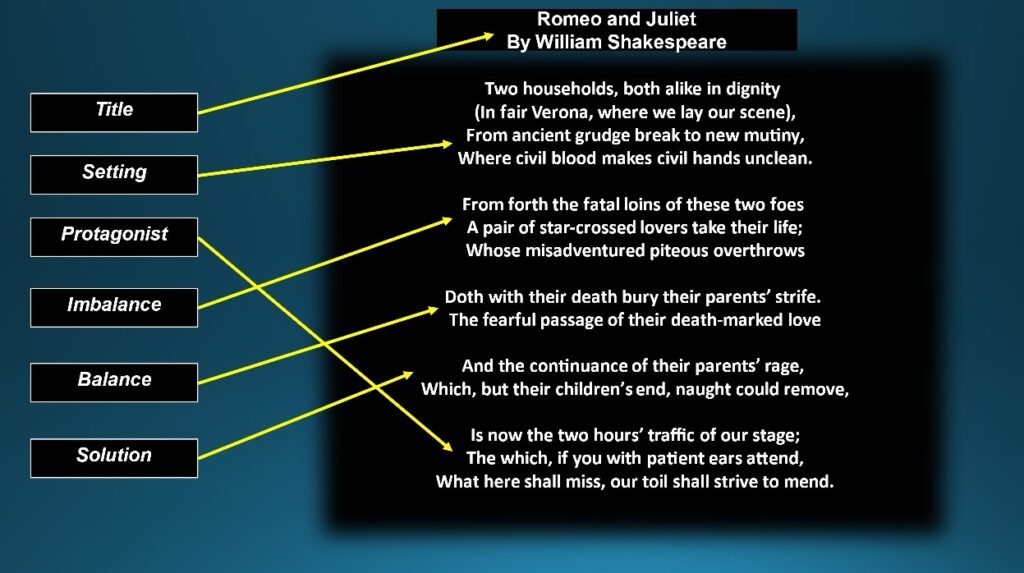I experienced, up close and in person, the reason why a story model is so important for your trial openings. A classic story model tells the listener, right up front, what to expect, how long it will take to hear the saga, and what their job will be once the story fully unfolds.
Here was my up-close experience, though: I was at the birthday party of an 80 year old gentleman. After a few brief, funny, warm toasts from others, he rose to speak. “As you know, I am the family historian and I know that four generations ago there was a grandfather who . . .”
In my mind, what I heard was, “Are you going to walk us through FOUR GENERATIONS of grandfathers?” and [I kind of stopped listening].
As he regaled us with the first tale of Grandpa A, it was still unclear if Grandpas B, C, and D were still on the event horizon.
In my mind, what I heard was, “Oh no!” and “Where is this going?” and “He has earned the privilege to regale us through his 80 years of life, but . . .”
Then, in my mind I heard, “maybe this is what jurors experience when there is little-to-no structure in an opening. Maybe they are so caught up in their own ‘when will this be over’ thoughts that they have no room in their minds to actually listen and process the information.”
Remember from prior Persuasion Tips © that good stories [like Romeo and Juliet] have three parts:
- Act I–Setting the stage [the prologue from Romeo and Juliet or tell-‘em-what-you’re-gonna-tell-‘em from your high school English class]
- Act II–The stage [the fighting, the romance, the tragedy or tell-‘em]]
- Act III–Pulling the stages all together again [the final scene where the marriage is revealed and the families vow to stop their hatred towards each other or tell-‘em-what-you-told-them]
Personally, to me, Act I is the most important part of the story. If you lose your audience while setting the stage, you have lost them for the entire tale. Within Act I you reveal the
- TITLE: Have a title and tell them who you are
- SETTING: Describe the setting [time and place of the critical case event]
- THE MAIN CHARACTER: the Protagonist [the jury needs to be included as the hero in your story – the story is only over when they decide the ending]
- IMBALANCE: What went wrong? [Why are we here?]
- BALANCE: How should the world look if this had never gone wrong?
- SOLUTION: How do we get from what went wrong to how the world should be? [This is the solution to your case-what the jury gets to endorse]
This takes less than 5 minutes, but now the jury knows the entire story. Your Act II can begin to fill in the required “what-the-evidence-will-show” details over the next 40 minutes or so.
If the 80 year old had used this format, I would have been riveted or, at least, able to listen without generating my own competing, distracting thoughts.
By way of reminder, here is the prologue to Romeo and Juliet broken into the story components from above. The entire story is revealed by a quirky narrator before an actor ever walks on stage:

The model of a good story stands the test of time. Use it!
Happy New Year. We here at Trial Science hope that your 2024 generates lots of good stories for you to tell at your 80th!
Share This Story, Choose Your Platform!
Click below to add your email address to our mailing list and receive the latest Persuasion Tips right in your inbox!

